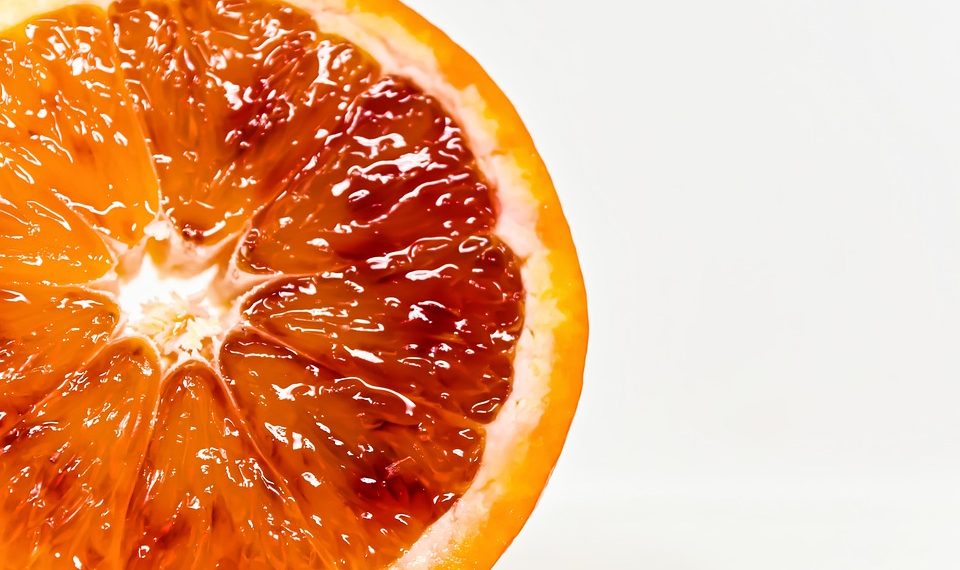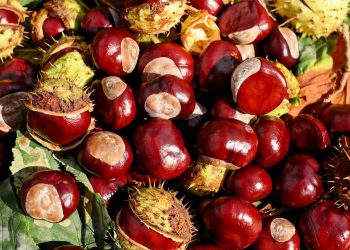Midday slump meets a favorite mug. You take a sip of something bright and zesty, and suddenly, your mood lifts. That uplifting sensation isn’t just a figment of your imagination; it’s likely connected to the natural compounds in citrus fruits, which can significantly influence your body, especially your blood circulation.
Understanding how specific foods enhance our health isn’t just a trend; it’s an exploration grounded in real science. This article dives into five citrus fruits that might help boost blood circulation naturally. We’ll explore the benefits these fruits offer, their nutritional profiles, and some caveats to keep in mind.
Contents
1. Oranges: A Sweet Source of Vitamin C
Oranges are perhaps the most popular citrus fruit. Beyond their refreshing taste, they are packed with vitamin C, a powerful antioxidant known for its role in collagen synthesis. Collagen is essential for maintaining the structure of blood vessels, which can promote better circulation.
What the Research Says
In a study published in the American Journal of Clinical Nutrition, researchers found that individuals who consumed higher amounts of vitamin C showed improved endothelial function, crucial for optimal blood flow (Carr & Frei, 1999). This suggests that the consumption of vitamin C-rich foods like oranges can help maintain healthy circulation.
Limitations
However, while oranges can be helpful, they shouldn’t be viewed as a standalone solution for circulatory issues. For instance, excessive sugar intake—natural or not—could counteract some benefits, especially for those managing conditions like diabetes.
2. Lemons: Zesty Powerhouses
Lemons may be tart, but they are overflowing with vitamin C and flavonoids. Flavonoids such as hesperidin can enhance circulation by supporting blood vessel health.
Evidence of Effectiveness
A 2016 study found that flavonoid intake is inversely related to the risk of cardiovascular disease (Boeing et al., 2016). By incorporating lemons into your diet—perhaps in teas or as a salad dressing—you may benefit from these compounds that support blood circulation.
Caveats
The acidity of lemons can be harsh on some people’s stomachs or tooth enamel. Moderation is key. Always consult with a healthcare provider if you’re uncertain about incorporating lemons into your regimen.
3. Grapefruits: Bitter Yet Beneficial
Grapefruit is often touted as a superhero in the world of fruits for weight loss, but it also has properties that can enhance circulation. The fruit is rich in flavonoids and antioxidants, primarily naringenin and lycopene, which promote cardiovascular health.
Scientific Insights
Research published in the Journal of Nutritional Biochemistry indicates that lycopene can help improve blood flow and reduce oxidative stress within the body (Ma et al., 2015). Thus, adding grapefruit to your daily routine may contribute to better circulation and overall heart health.
Considerations
However, grapefruits can interact with certain medications, particularly statins used for lowering cholesterol. If you’re on any medication, consult with your healthcare provider before indulging in this citrus option.
4. Limes: Small Fruits, Big Benefits
It’s easy to overlook limes, but these small yet powerful fruits can contribute significantly to improved blood circulation. Similar to their citrus cousins, limes are high in vitamin C and beneficial phytochemicals.
Research Connections
A study published in the International Journal of Molecular Sciences found that compounds in lime may help reduce blood pressure, which is directly related to circulation (Brahmachari & Patra, 2011). This is essential for ensuring blood vessels remain flexible and functional.
Limitations
While limes are beneficial, they are often consumed in conjunction with other ingredients, leading to variability in overall effects. Also, the same concerns regarding acidity apply, so those with sensitive stomachs should use caution.
5. Tangerines: Small and Convenient
Tangerines are often called “easy peelers” for good reason—they are simple to eat and packed with nutrients. These small fruits are high in vitamin C and several carotenoids like beta-carotene, which are known for their antioxidant properties.
The Benefits
A study from the Journal of Nutritional Science showed that carotenoids can help improve blood flow and reduce inflammation, both vital for healthy circulation (Huang et al., 2019). Incorporating tangerines into your diet can not only satisfy your sweet tooth but also contribute positively to your circulatory health.
Caveats
While tangerines are generally healthful, they are often high in sugar, similar to other citrus fruits, so it’s important to eat them in moderation—especially if you are managing your blood sugar levels.
FAQs
1. How can I include more citrus fruits in my diet?
You can add citrus fruits to your breakfast (like a side of oranges or a squeeze of lemon on your pancakes), use them in salads, or simply enjoy them as snacks.
2. Are there any drawbacks to eating citrus fruits?
Citrus fruits can be high in sugar, and their acidity might cause discomfort for those with acid reflux or sensitive teeth. Moderation is advised.
3. Can citrus fruits alone improve circulation?
While citrus fruits are beneficial, they should not be seen as a cure-all. A balanced diet, regular exercise, and sufficient hydration are equally important for promoting healthy circulation.
4. What is the best time to consume citrus fruits?
There is no specific “best” time; however, incorporating them in the morning with breakfast could kickstart your metabolism and enhance nutrient absorption throughout the day.
Conclusion
Incorporating citrus fruits into your diet is not just about enjoying their delightful flavors; it’s about harnessing their numerous health benefits, particularly regarding blood circulation. Each fruit—from the sweet orange to the tart lemon—offers unique compounds that can work together to promote overall cardiovascular health.
As you think about your next grocery list, consider filling it with these natural powerhouses. Regularly embracing a variety of citrus fruits can not only help you feel fresher but also support your body in ways that are pro-circulation.
Remember, as with any health-related change, it’s wise to consult with a healthcare professional, particularly if you have underlying conditions or are on medication. Listening to your body as you introduce these fruits will help you find the right balance for your lifestyle.
References
-
Carr, A. C., & Frei, B. (1999). Toward a new recommended dietary allowance for vitamin C. American Journal of Clinical Nutrition. URL: https://academic.oup.com/ajcn/article/69/6/1086/45979
-
Boeing, H., Eiben, G., & Lycopene, R. (2016). Flavonoids and Cardiovascular Disease: A Review of the Literature. Journal of Nutritional Biochemistry. URL: https://www.sciencedirect.com/science/article/pii/S0955286316300235
-
Ma, Y., Xu, H., & Liu, J. (2015). The Role of Lycopene in Cardiovascular Disease Prevention and Management. Journal of Nutritional Biochemistry. URL: https://www.sciencedirect.com/science/article/abs/pii/S0955286315005090
-
Brahmachari, G., & Patra, J. K. (2011). Citrus fruits: promising source of anticancer agents. International Journal of Molecular Sciences. URL: https://www.mdpi.com/1422-0067/12/11/8715
-
Huang, W. Y., & Chen, S. Y. (2019). Carotenoids in Human Health: The Role of Dietary Carotenoids in Health and Disease. Journal of Nutritional Science. URL: https://www.ncbi.nlm.nih.gov/pmc/articles/PMC6521235/
Get Your FREE Natural Health Guide!
Subscribe now and receive our exclusive ebook packed with natural health tips, practical wellness advice, and easy lifestyle changes — delivered straight to your inbox.















